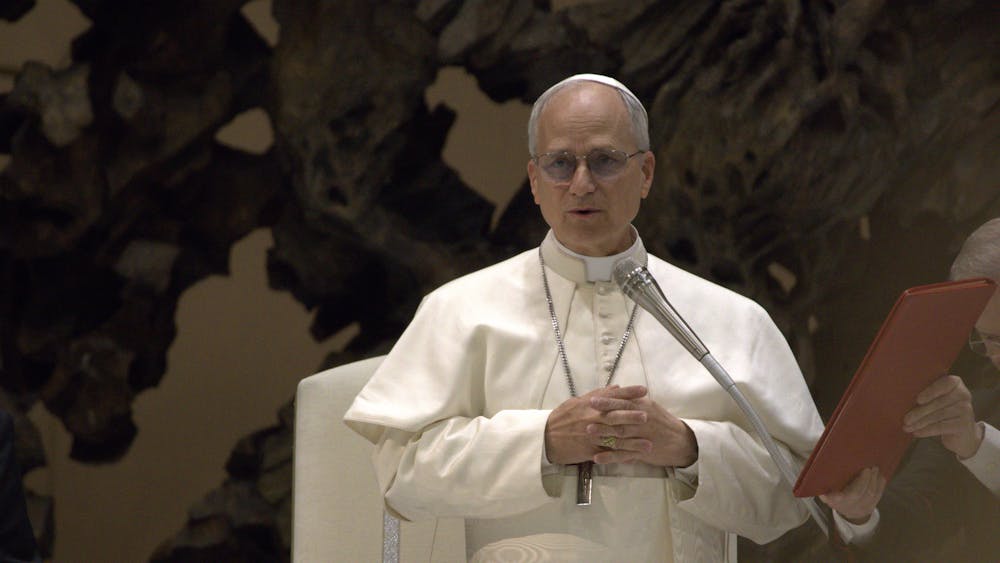As the cold rolled in two weeks ago, pipe bursts flooded areas all around Notre Dame's campus.
First was the third floor of the Duncan Student Center. On Jan. 31, at approximately 2:50 p.m., a sprinkler main erupted, causing damage to floors one and two. All inside the building were required to evacuate. The damage was quickly cleaned up, and the center was reopened the next morning.
Next was the Main Building. On Feb. 1 at 12:30 p.m., a sprinkler head broke near the elevators on the first floor. The first floor lobby area and the elevators were closed for maintenance for the remainder of the weekend.
Later that day, the Fitzpatrick and Cushing Halls of Engineering met a similar fate. A water leak in Fitzpatrick was reported about 7:30 p.m., according to an email from University spokesperson Dennis Brown. Both Fitzpatrick and Cushing were evacuated for safety reasons but were reopened the next day.
Paul Kempf, senior director of utilities and maintenance, said such incidents were not unique to Notre Dame, but tend to be commonplace in extremely cold weather.
“With nearly 11 million gross square feet of facilities, there is a lot of exposure, problem areas typically being building entries, areas that are more exposed to cold temperatures or places where leakage of cold air freezes fire protection sprinklers, heating water or potable water,“ Kempf said in an email.
Kempf said these weak areas were made particularly vulnerable by the plummeting temperatures, which neared all-time lows.
“With extreme temperatures last week, most of campus facilities have never seen such temperatures, so weak spots never before stressed were revealed,“ he said.
Pipe bursts and other leaks caused by cold weather are not typically harmful to people but can often cause property damage, Kempf said.
“We evaluate every freeze that happens and address air leakage, piping that may have been installed in areas more prone to freezing, or ping that needs freeze protection,“ he said. “This past week we had staff ‘round-the-clock responding to cold calls, keeping heating systems operating and inspecting areas is concern.“









